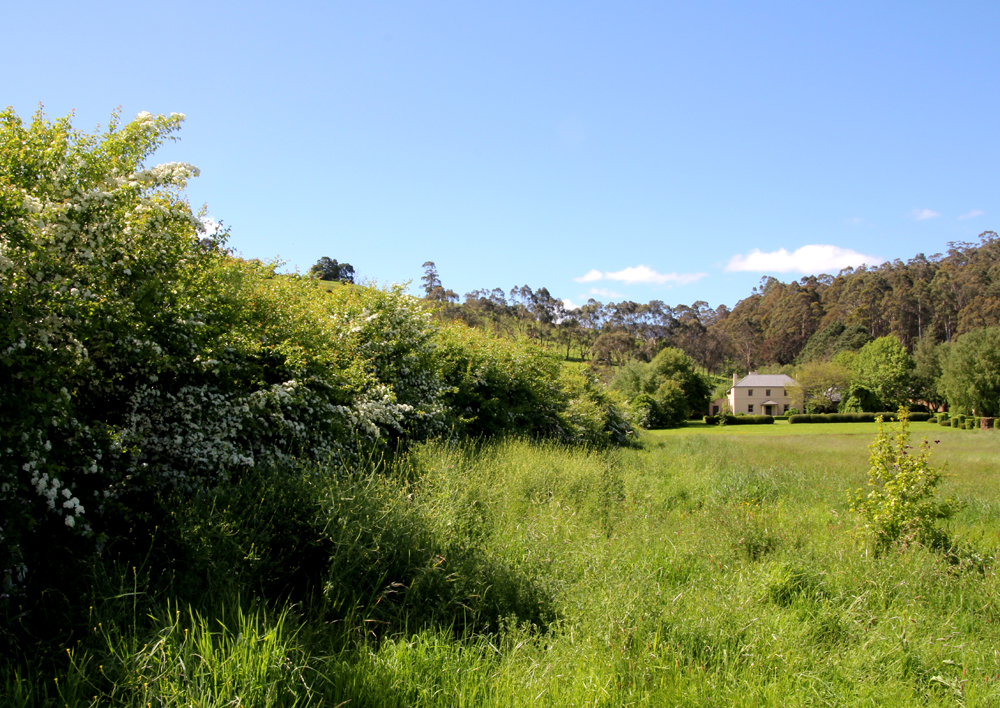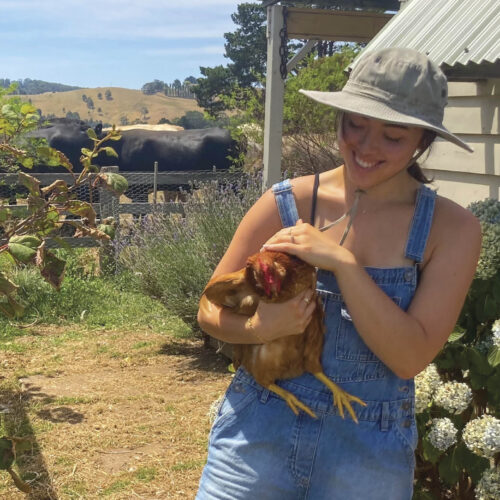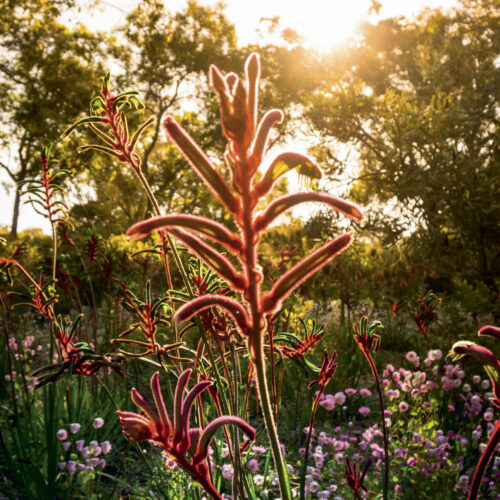Reviving lost horticultural crafts
2012-11-12T20:07:22+11:00
Lost horticultural crafts such as hedgelaying are being revived at a historic Tasmanian farm. JUSTIN RUSSELL reports.
Tassie is full of great gardens, and equally great gardeners. There’s a real appreciation for gardening history down here, and a vast knowledge of horticulture – even relatively obscure techniques get a run down, while those that are uncommon on the mainland, such as espalier and topiary, are in widespread use.
On the weekend I spent a couple of days in the north of the state, visiting gardens in the Meander Valley, near Deloraine, and on the Norfolk Plains, near Longford. Superficially, at least, these are two of the more “English” looking parts of Tasmania, with hawthorn hedges lining the roads and verdant fields dotted with sheep and cattle. It’s about as bucolic as a landscape gets in Australia. But get beyond the tourist brochure imagery, and you’ll start to understand that this is actually a carefully managed landscape, crafted with skill since European settlers arrived in the 1820’s.
Old WesleyDale is a historic property at Mole Creek where traditional gardening and farming crafts have been in use for almost 200 years. Owners Scott and Deb Wilson are moved to Tassie from the central west of NSW in 1998, and in little more than a decade the couple have revitalised the farm, made an outstanding garden and in the process, helped spark a revival of old techniques such as hedgelaying, espalier, coppicing, topiary and dry stone walling.
Before the invention of barbed wire, livestock was contained in fields using either stone walls, post and rail fences, or hedges containing thorny species such as hawthorn and sloe. Hedges were the most common containment method in the Meander Valley. These were widely maintained until the 1960’s, when the craft started to die out and kilometre upon kilometre of neglected hedge was bulldozed or allowed to lose its stock-proofing ability.
Under the tutelage of a master craftsman from the UK, Scott has gradually been restoring Old WesleyDale’s hawthorn hedges with a traditional craft called hedgelaying. The basic idea is that cuts are made in the trunks of plants in winter, leaving an inch-thick “hinge” of bark and wood on one side. The trunks (or “pleachers” as they are known) are then bent over at an angle, before being held in place with a series of vertical stakes. In turn, these are given extra support with a woven capping of branches known as a “binder”, hopefully producing the desired result of a very strong, stock-proof fence that will require very little maintenance until the next laying in 30-40 years time!
It’s a fascinating craft that’s incredibly sustainable and has lots of potential to be used in gardens ranging from a suburban-sized backyard, to a smallholding running some sheep or a house cow. With a few modifications, it might even be possible to adapt the techniques for use in the subtropics and tropics using evergreen hedge species. And here’s the best bit – Scott and Deb offer B and B accommodation at Old WesleyDale and love explaining to guests the various crafts they are using to complement their beautiful Georgian homestead. Visit www.oldwesleydaleheritage.com for more info on the property and some photos of hedges being laid.
Justin is travelling in Tasmania with the assistance of Blooming Tasmania Inc.






